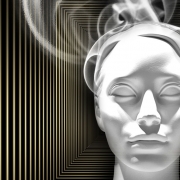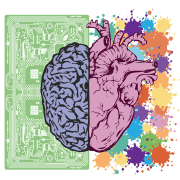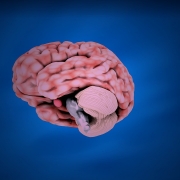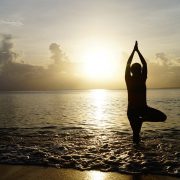Could it be that there is a link between body posture and personality? Sylvain Guimond assessed 100 subjects (50 males and 50 females) to figure it out.
Subjects were all French-Canadian and between the ages of 18-82. Personality was determined by using the Myers-Briggs Type Indicator (MBTI) questionnaire.
If it’s true that posture is the neuromuscular strategy developed to resist gravity, it could be that it is also associated to our mental and emotional state.
The Myers-Briggs Type Indicator questionnaire is a psychological tool that assesses scientifically 16 different personality types.
MBTI contains four separate dichotomies:
- Extraversion-Introversion;
- Sensing-Intuition;
- Thinking-Feeling;
- Judging- Perceiving.
4 types of posture were classified, based on Kendal and Kendal’s work:
- Ideal posture;
- Kyphosis-lordosis;
- Flat back;
- Sway back.
Pain was also reported using a scale from 0 to 10.
Of the 100 subjects studied, 22 of them had ideal posture, 36 were kyphotic-lordotic, 19 had flat back posture, and 23 had sway back posture.
Overall, 65% of the subjects tested as extraverted and 35% as introverted.
In ideal posture, 21 of the 22 subjects were extraverted. In kyphotic-lordotic postures, 30 of the 36 subjects were extraverted. In flat back postures, only 8 of the 19 subjects were extraverted. Finally, in sway back postures, 17 of the 23 subjects were introverted.
In summary, these results clearly demonstrate a relationship between a person’s demeanour and their posture.
So the question is, if we optimize posture, do we modulate personality?
https://journals.plos.org/plosone/article?id=10.1371/journal.pone.0037450#pone.0037450.s001










